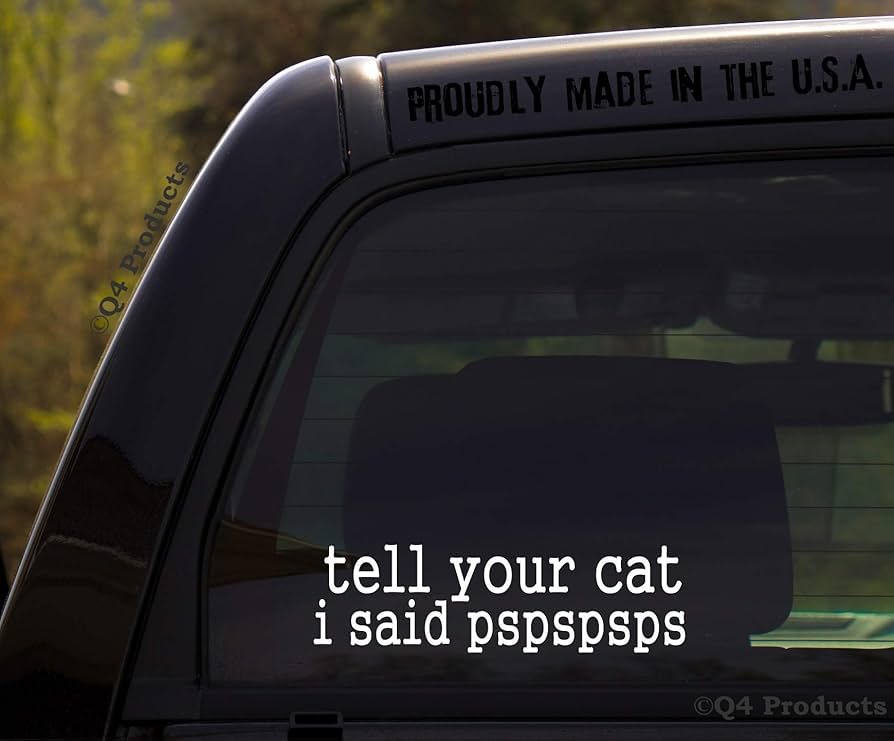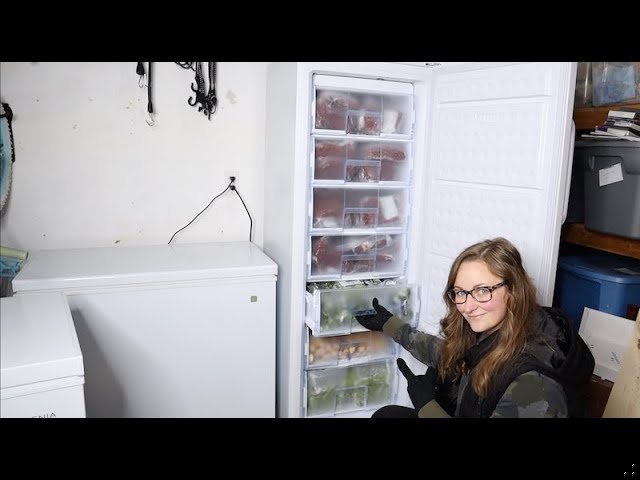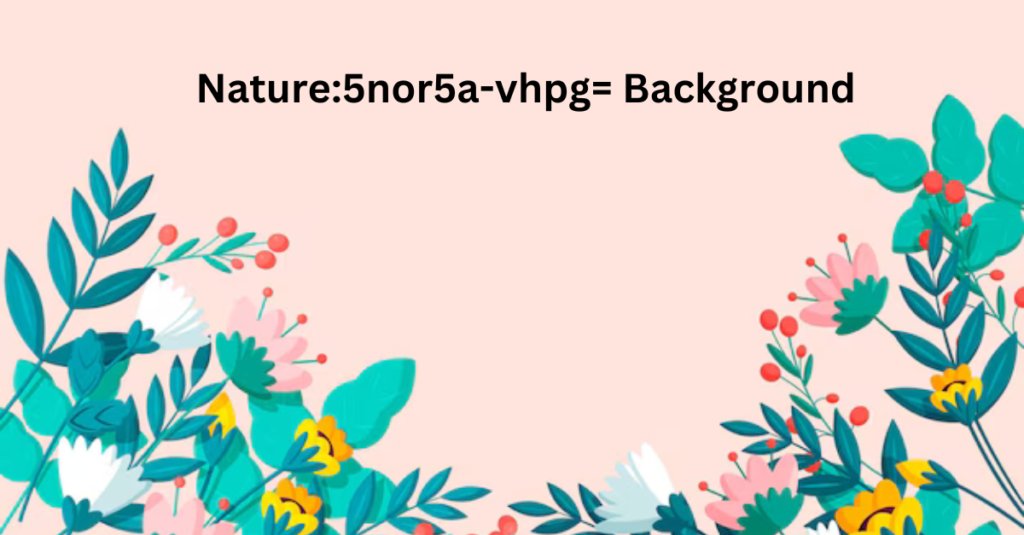Want to engage your feline friend in a fun way? Just say, “Tell your cat I said pspspsps!” This playful call mimics that familiar sound cats often respond to, piquing their curiosity.
Cats are more than just pets; they’re companions with their own quirky personalities. Using playful phrases not only captures their attention but also enriches your bond. So next time you’re looking to chat with your cat, don’t hesitate to say it—your furry buddy just might come running!
Tell Your Cat I Said Pspspsps
If you’ve ever tried to get your cat’s attention, you may have resorted to making that distinctive sound: “pspspsps.” This playful call may seem whimsical, but it carries a unique set of meanings in the fascinating world of feline communication. In this article, we’ll dive deep into the nuances of “pspspsps,” why it works, the science behind cat sounds, and tips on effectively communicating with your furry friend.
The Meaning Behind “Pspspsps”
So, what does “pspspsps” mean? The sound itself is often used to attract a cat’s attention or entice them to come closer. It’s a soft, hissing sound that can mimic the noise of a kitten calling to its mother or a soft rustling that intrigues them. Here’s the breakdown:
- Catching Attention: “Pspspsps” serves as a gentle way to let your cat know you’re calling them.
- Encouraging Interaction: It can indicate to your cat that you want to engage, whether it’s for playtime or cuddles.
- Mimicking Instincts: Cats respond to sounds similar to their natural calls, making this an effective method to communicate.
Cats are naturally curious creatures, and this sound can pique their interest, making them turn their heads or approach you.
The Science of Cat Communication
Understanding the sounds that cats make is essential for any cat owner. Cats communicate through a variety of vocalizations, body language, and even scent marking. Here’s how different sounds play a role in their communication:
Vocalizations
Cats use a range of vocalizations to express their feelings. Here are some common sounds you might hear:
- Meowing: Cats meow primarily to communicate with humans. Each meow can have a different tone and pitch depending on their mood.
- Purring: Cats purr when they are content but may also purr when they are in pain as a form of self-soothing.
- Hissing: This sound indicates fear or aggression. It’s best to give a hissing cat some space.
- Chirping: Often heard when a cat is watching birds, chirping shows excitement or frustration.
Each of these sounds conveys a different message, and understanding them can improve your relationship with your cat.
Body Language
A cat’s body language can also tell you how they feel. Here are some key indicators:
- Ears Forward: Indicates curiosity or interest.
- Slow Blinking: A sign of trust and affection. You can return the gesture to show love.
- Tail Position: A raised tail shows confidence, while a puffed-up tail indicates fear.
- Paw Kneading: This behavior, often while purring, signifies comfort and happiness, reminiscent of kittenhood.
Paying attention to these cues can enhance your communication beyond just sounds.
How to Use “Pspspsps” Effectively
Now that you know what “pspspsps” means, how can you use it effectively? Here are a few tips to enhance your calls and interactions:
Finding the Right Moment
Timing is everything. Use the sound when you want to:
- Call your cat for meals.
- Initiate playtime with toys.
- Encourage your cat to join you for cuddles on the couch.
Cats are more likely to respond when they feel relaxed and curious.
Combining Sounds with Actions
To increase the effectiveness of your call, try pairing “pspspsps” with specific actions:
- Shake a treat bag to catch their attention.
- Wave a toy to entice them over.
- Pat your lap or the floor gently to encourage them to come closer.
Actions combined with sounds create a more engaging environment for your cat.
The Role of Treats and Playtime
When trying to get your cat’s attention, offering treats or initiating playtime can drastically improve your chances of a positive response. Let’s explore how these elements play a role.
Using Treats Wisely
Cats, like many pets, are motivated by food. Here’s how you can implement treats effectively:
- Positive Reinforcement: Reward your cat with a treat when they respond to “pspspsps.” This encourages them to associate the sound with something positive.
- Create a Routine: Use the sound before mealtime to establish a routine, so your cat knows what to expect.
- Interactive Treats: Consider using puzzle feeders that stimulate your cat’s mind while rewarding them with treats.
Incorporating treats into your communication can build a stronger bond with your cat.
Playtime Dynamics
Besides treats, initiating play can help reinforce the “pspspsps” call.
- Use Interactive Toys: Feather wands or laser pointers can draw your cat closer while you call them.
- Set Play Sessions: Designate specific times each day for play. Use the sound to signal the beginning.
- Engage Their Instincts: Mimic their hunting behavior during play, which keeps them interested and active.
Involving playtime makes the experience more enjoyable for both you and your kitty.
Understanding Your Cat’s Personality
Cats have unique personalities that influence how they respond to sounds like “pspspsps.” Understanding your cat can help you tailor your approach.
The Shy Cat
Some cats are more reserved. If your cat is shy, here are tips to help:
- Speak softly using “pspspsps” to avoid startling them.
- Be patient and give them time to come to you.
- Use treats to build trust gradually.
Patience is key when dealing with a shy cat.
The Playful Cat
Playful cats will be more responsive and curious. Here’s how to engage them:
- Use lively tones with “pspspsps” to pique their interest.
- Incorporate fun and energetic play sessions.
- Introduce new toys or activities to keep them engaged.
A playful cat will love the energy you bring into your interactions!
The Independent Cat
Independent cats may not always respond as readily. To connect with them:
- Respect their space and let them approach you first.
- Limit your calls to moments when they seem curious or inquisitive.
- Offer a cozy spot or area they enjoy, making it inviting for them to respond.
Respecting their independence can help maintain a positive relationship.
Feline Behavior and the Impact of Environment
The environment in which your cat lives can significantly affect its behavior and responsiveness to sounds like “pspspsps.” Consider these factors:
Creating a Safe Space
Cats thrive in environments where they feel safe. To help your cat feel secure:
- Provide Hiding Spots: Cats often enjoy hiding, so having accessible boxes or covered areas can help.
- Elevated Spaces: Cats love to perch, so providing cat trees or shelves can make them feel secure while observing their surroundings.
- Controlled Noise Levels: Minimize loud noises and disturbances in their space, which can help them feel relaxed.
A safe environment allows your cat to feel more comfortable responding to your calls.
Implementing Routine and Consistency
Cats appreciate routine. Here’s how to establish one that incorporates “pspspsps”:
- Feeding Schedule: Feed your cat at the same time each day and use “pspspsps” as a signal when it’s time.
- Playtime Routine: Engage in play at specific times to create a habit.
- End of Day Ritual: Use the sound as a cue for winding down or cozy time together at the end of the day.
Establishing a routine makes your cat more likely to respond to your calls.
Common Misunderstandings About Cat Sounds
Many misconceptions surround how cats communicate. It’s essential to separate fact from fiction:
Misconception: Cats Only Meow When They Want Something
While cats often meow to communicate with humans, they also utilize other sounds. Expect a variety of vocalizations based on mood and situation.
Misunderstanding Aggression“tell your cat I said pspsps”
Frequently Asked Questions
What does “pspspsps” mean when calling a cat?
“Pspspsps” is a sound many people use to get a cat’s attention. It’s often associated with a beckoning noise that mimics a soft, soothing call. Cats are naturally curious and may respond to this sound, thinking it could lead to something interesting or rewarding.
Why do people say “tell your cat I said pspspsps”?
This phrase often conveys a playful or humorous way of sharing affection with someone’s cat, even if they’re not present. It’s a light-hearted way to express that someone cares about the cat, suggesting that the speaker knows how to engage with cats in a fun manner.
How do cats typically respond to sounds like “pspspsps”?
Cats usually react to high-pitched or repetitive sounds, which can intrigue them. When they hear “pspspsps,” they might come closer, tilt their heads, or even purr in response. The sound often captures their attention, making them curious about what comes next.
Can different cats react differently to this sound?
Yes, each cat has a unique personality and experiences that influence their response. Some cats might come running, while others may ignore it completely. Factors like age, temperament, and past interactions with humans can determine how a cat reacts to the sound.
Is using “pspspsps” effective for all cats?
While many cats respond well to this sound, not all cats will react positively. Some might not recognize it as a call, especially if they haven’t been exposed to it before. It’s often a matter of trial and error to see what works best for each individual cat.
Are there other sounds or phrases that work similarly?
Yes, other sounds can also capture a cat’s attention. Many people use a gentle clicking of the tongue, whistling, or even calling their cat by name. Each cat might have its own preference, so experimenting with different sounds can help you find what resonates best with your feline friend.
Final Thoughts
In summary, connecting with your cat can bring joy and strengthen your bond. Simple gestures, like playing or calling them with a playful tone, can make a big difference.
Next time you interact with your feline friend, remember to tell your cat I said pspspsps. This playful invitation can spark curiosity and make your cat feel special. Enjoy these moments; they are precious and rewarding.






